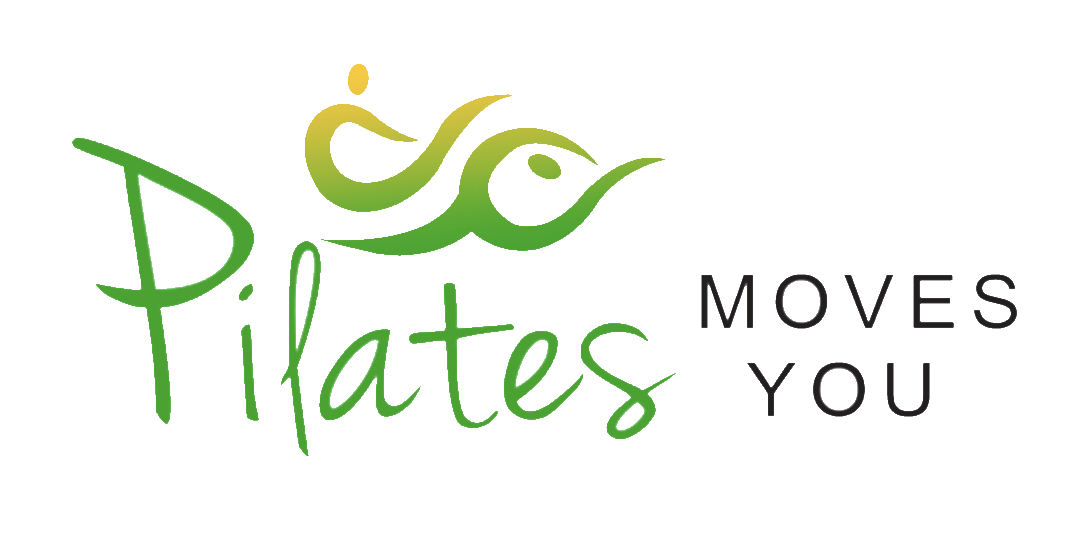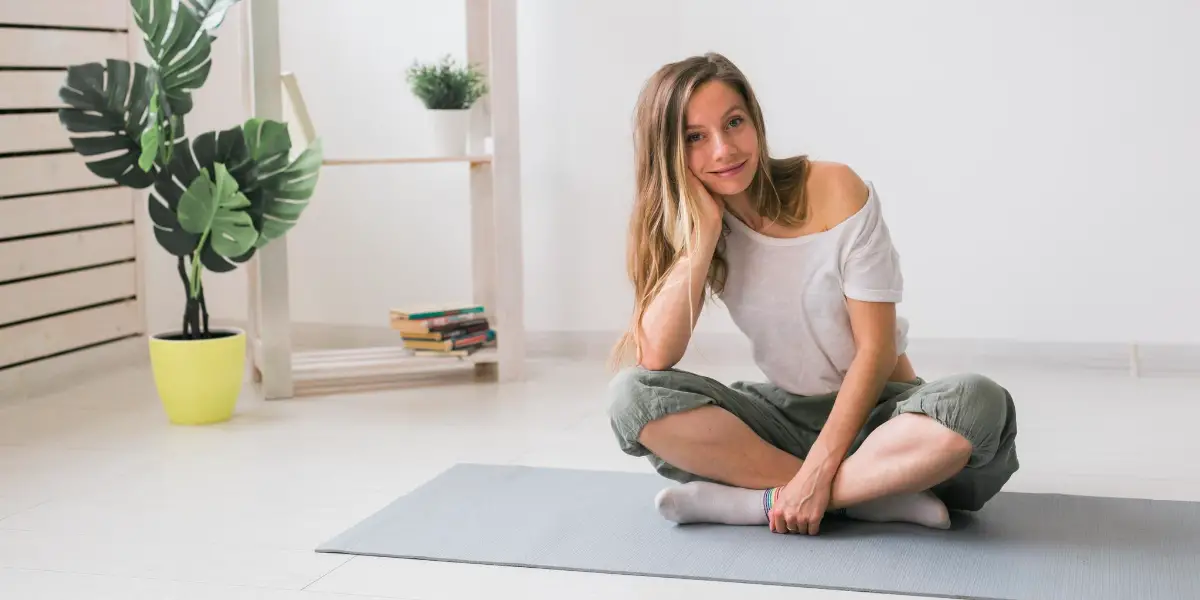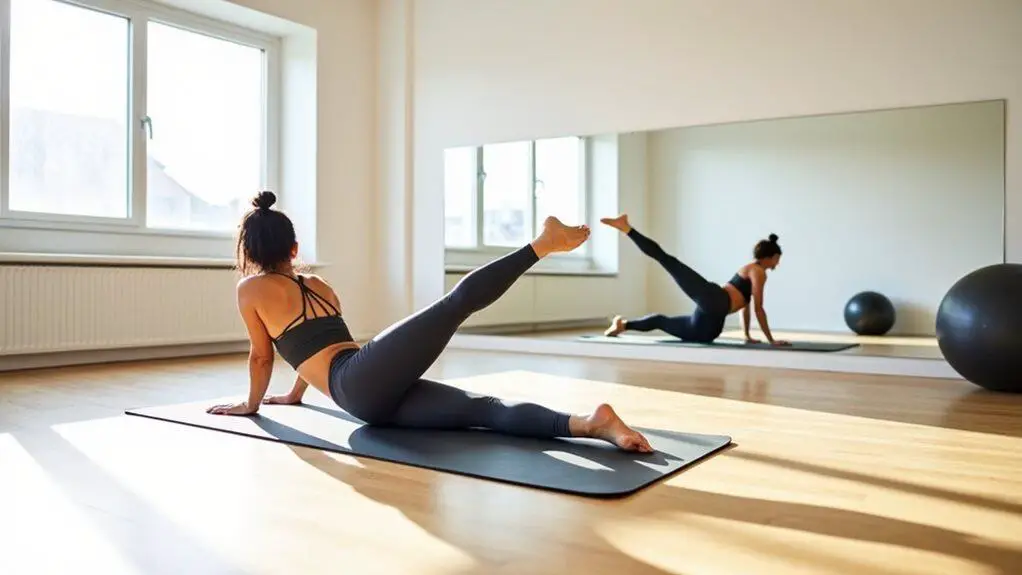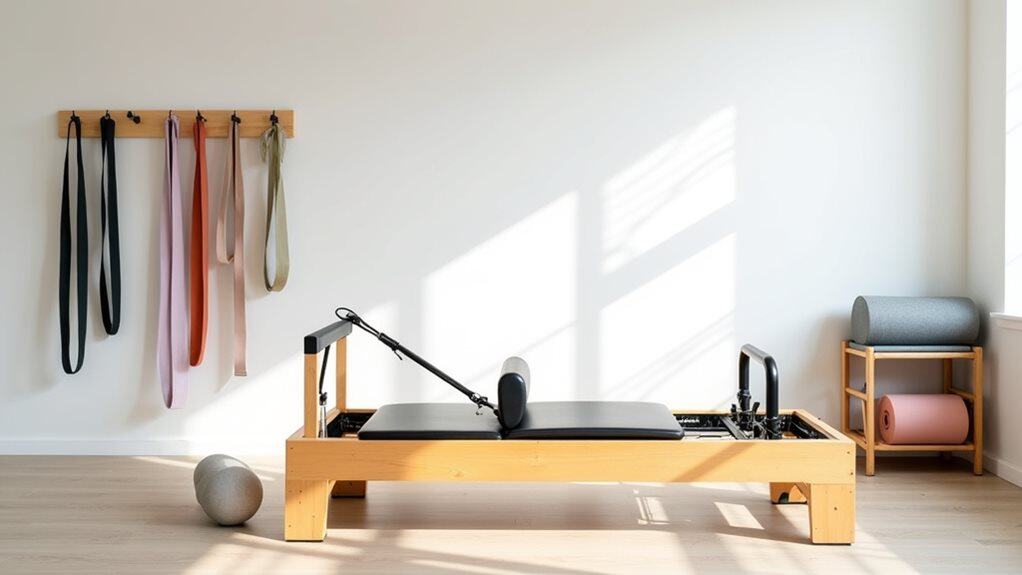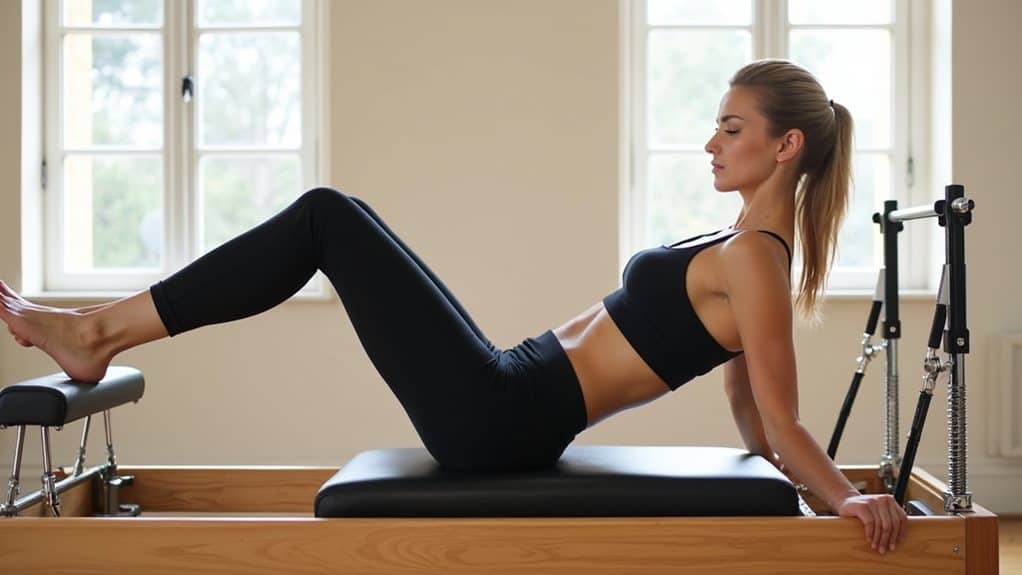Pilates is a physical fitness system developed by Joseph Pilates in the early 20th century. It was originally called “contrology” but later came to be known as mat work or mat Pilates after its inventor, but what is mat Pilates?
Mat Pilates is a type of exercise that focuses on strengthening and toning muscles through mat-based movements. The goal of this workout is to improve posture and increase flexibility.
The Pilates method emphasizes correct posture, alignment of the spine and core strength. It is used to improve flexibility, balance and muscle tone.
It has become increasingly popular in recent years, and is often praised for its ability to improve posture, flexibility and strength without putting too much strain on the body.
What is Mat Pilates?
Mat Pilates is exactly what it sounds like, a Pilates training practice done on a mat, which incorporates various exercises to build muscle groups and core strength.
It’s the most common form you’ll find being taught online, in gyms or at dedicated Pilates studios and just requires a mat and some space.
Mat Pilates doesn’t use a reformer. This means it can be done on the floor, making it more accessible and easier to follow than a reformer class.
While it is predominately a body weight workout, there are times when you can add equipment in the mix such as resistance bands, balls, or my current favourite, the Pilates Bar.
These pieces of equipment add an extra challenge to your workout and help improve your balance, coordination, strength, and flexibility.
What are the benefits of mat work?
Mat work is a great way to start your Pilates journey. It tones, strengthens and burns fat while boosting mental health.
You can do mat work at home with no equipment needed, which is ideal if you’re new to Pilates or struggling with an injury.
One of the main benefits of mat work is that it’s low-impact. This makes it a great choice for people who are just starting out or who have injuries.
Mat work also helps improve flexibility and posture, making it a good option for those looking to improve their overall fitness level.
There are many benefits to taking Pilates classes, including:
– Toning and strengthening the body
– Burning fat and calories
– Improving mental health
– Preventing back pain
– Increasing stamina
– Helping athletes do their job better
In fact there are so many benefits I’ve done an entire post about them: BENEFITS
As you progress and become confident with the various body positions required you can eventually translate everything you’ve learned to a Pilates reformer, but I wouldn’t recommend this until you’ve mastered the basics.
How can Mat Pilates help with weight loss?
I always tell clients that weight loss shouldn’t be the primary goal of taking up any form of exercise; the goal should be living a healthier, stronger lifestyle which will naturally lead to a loss of fat and gaining of a stronger, more toned, body.
Mat Pilates is a form of exercise which focuses on core strength. Working the core is important for a healthier body as it helps to build stronger, more toned muscles.
Additionally, good posture is key as it helps to reduce the strain on your back and neck.
Finally, Pilates can also help improve your mood and mental focus. Studies have shown that regular Pilates classes may lead to improved energy levels and heightened brain function.
All of these factors can contribute to a better quality of life with a healthier lifestyle that will naturally lead to weight loss over time.
What are the key principles of Mat Pilates?
There are three major principles at play in Pilates, which are:
- Concentration: Concentrating on each movement, breath and position. Concentration is key in Pilates because you need to focus on your core muscles and use them to move your body.
- Breath control: Breathing correctly while performing exercises is essential to achieving maximum results from your workout. If you don’t breathe properly, you will not be able to work as intensely as you would like and will quickly lose energy.
- Coordination: Coordinating all movements together. This means being aware of where your feet are when doing lunges, knowing how to bend your knees, etc. These three principles are what make mat Pilates such a powerful tool. They allow you to concentrate on every aspect of your workout without having to worry about anything else.
How does Mat Pilates improve posture and alignment?
One of the benefits of Mat Pilates is that it helps improve posture and alignment. When you practice Pilates regularly, you learn how to control your body and move with precision. This focus on proper alignment also helps to correct any postural imbalances you may have. As a result, you’ll look and feel better both physically and aesthetically.
In addition, practising Mat Pilates can help increase flexibility and range of motion in the spine and other joints. This improved flexibility will help reduce the risk of injuries in everyday activities. Plus, good posture makes you look confident and poised–something we could all use more of!
Can Mat Pilates help relieve back pain?
There is some evidence that Pilates may help to relieve back pain. Pilates exercises use the muscles in your back and core to move your body in a controlled way, which can help strengthen these areas and improve movement.
Additionally, by improving your general posture you will naturally reduce the risk of developing spinal issues.
Additionally, Pilates can also be helpful for people who have Ehlers-Danlos syndrome, as it can help to improve flexibility and range of motion in these areas. However, there is not yet enough scientific evidence to say for certain that Pilates will actually help to relieve back pain.
Is Mat Pilates a good workout for pregnant women?
There is a common misconception that pregnant women should not do Pilates workouts. However, this is not the case at all! In fact, mat Pilates can be an excellent workout for pregnant women.
It helps improve posture and alignment, and it has a no-impact nature which makes it good for injury prevention.
You only need your body weight and a mat, but some women like to use an exercise ball for extra support when doing some moves.
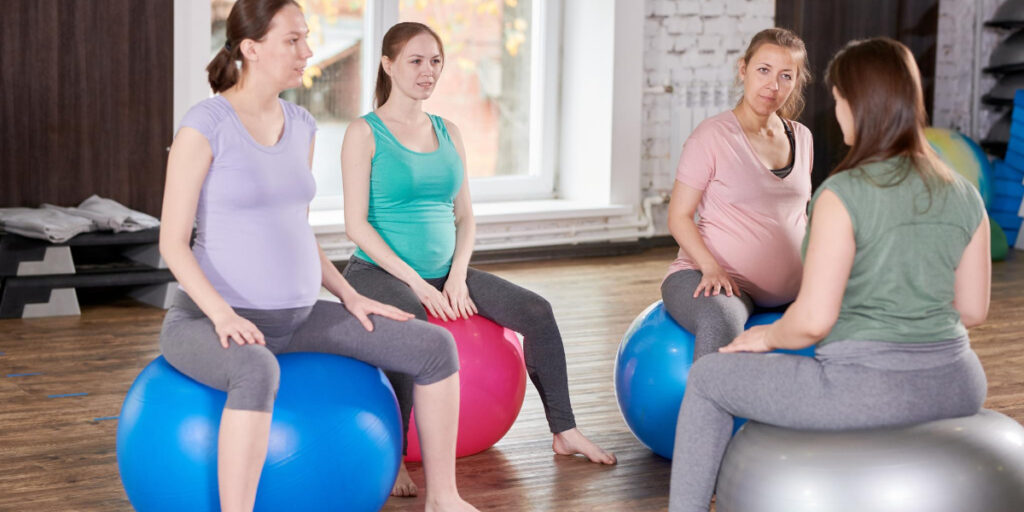
Mat Pilates workouts are quick and efficient because you focus on building strength, muscular endurance, and flexibility without fear of injury from overuse injuries.
Are there any precautions I should take before starting Mat Pilates?
There are no specific precautions that you need to take before starting Mat Pilates. However, it is always recommended that people consult with their doctor or health professionals before starting any new exercise regimen, as there may be contraindications or potential risks associated with it.
This is especially true for Mat Pilates because this practice focuses on strengthening the core. It is important to make sure that you do not have any pre-existing injuries in that area.
If you’re a beginner, I strongly recommend using a qualified Pilates instructor who will teach you a variety of exercises safely suitable for your current fitness level. As the workouts can use your entire body, there is the potential for injury if you’re not performing them correctly.
Additionally, always make sure to keep an eye on your own body and adjust your workouts as needed in order to avoid any injury.
If you have a pre-existing condition, it is always important to consult with your doctor before starting any new exercise routine. Additionally, be sure to listen to your body and take breaks as needed. If you feel pain or discomfort at any time, stop the exercise and consult with a professional.
Final thoughts
When I started to learn mat exercises I fell in love with Pilates so much it changed my life completely. Not only was it hugely beneficial for my overall fitness, but I changed careers and retrained as a professional Pilates instructor.
I now love to help others on their journey to building a strong core and more flexible and mobile body and I do so via regular mat Pilates classes. It doesn’t matter what gender you are, what your current fitness level is: Pilates is accessible to all and offers life-changing benefits.
What are you waiting for? Go find an instructor and start your journey today!
Sources
https://www.sciencedirect.com/science/article/abs/pii/S1744388110000770
https://www.cochranelibrary.com/cdsr/doi/10.1002/14651858.CD010265.pub2/abstract
https://journals.humankinetics.com/view/journals/jsr/15/4/article-p338.xml
https://www.sciencedirect.com/science/article/abs/pii/S0003999319303831
